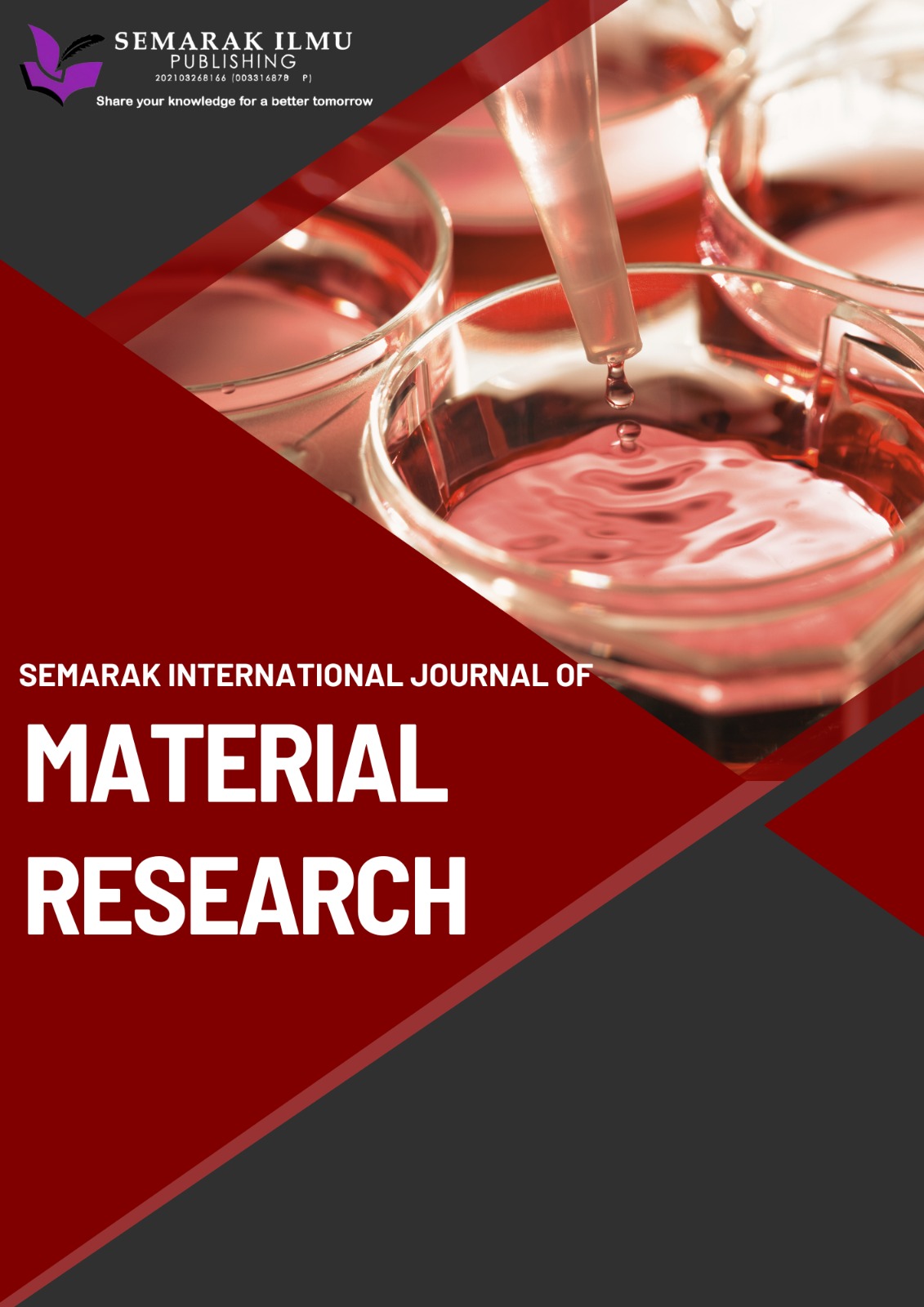The Effects of Direct Fire and Strength on Autoclaved Aerated Concrete Containing Semiconductor Electronic Molding Resin Waste (AAC-SEMRW) on Partition Panel Application
DOI:
https://doi.org/10.37934/sijmr.2.1.2537Keywords:
Semiconductor, resin waste, autoclaved aerated concrete (AAC), strength, surface analysis, partition panelAbstract
The research highlights semiconductor electronic molding resin waste (SEMRW) has the potential to improve the strength and fire resistance of Autoclaved Aerated Concrete (AAC) due to its excellent properties of (SEMRW) in terms of physical, mechanical, and fire resistance performances. The possibility of SEMRW by its addition in AAC concrete is explored by analyzing the effect of varying additions on the properties of AAC. This fundamental research is to propose a different percentages composition (5%, 10%, 15%,20%, 25%, and 30%) of SEMRW as a partial replacement of sand and containing with standard amounts of cement, quartz sand, water, and a 1% aluminum paste. All specimens experienced a steam curing process for 12 hours at a temperature of 180°C and a steam pressure of 13 bar in an autoclave machine to produce (AAC- SEMRW). The results revealed 20% SEMRW of AAC provides the higher compressive strength at 5.19 MPa. Modulus young and Modulus rupture at 0.11 Gpa and 3.11 Mpa, respectively. In terms of the rate of direct fire analysis, the test gives a higher percentage at 90%. The findings show that AAC-SEMRW can be used as an eco-friendly alternative to typical construction materials by recycling industrial waste and decreasing environmental impact, hence promoting sustainable construction practices. These findings highlight the material's potential in applications that require lightweight, robust, and fire-resistant building solutions, hence contributing to future advances in green construction technology.













